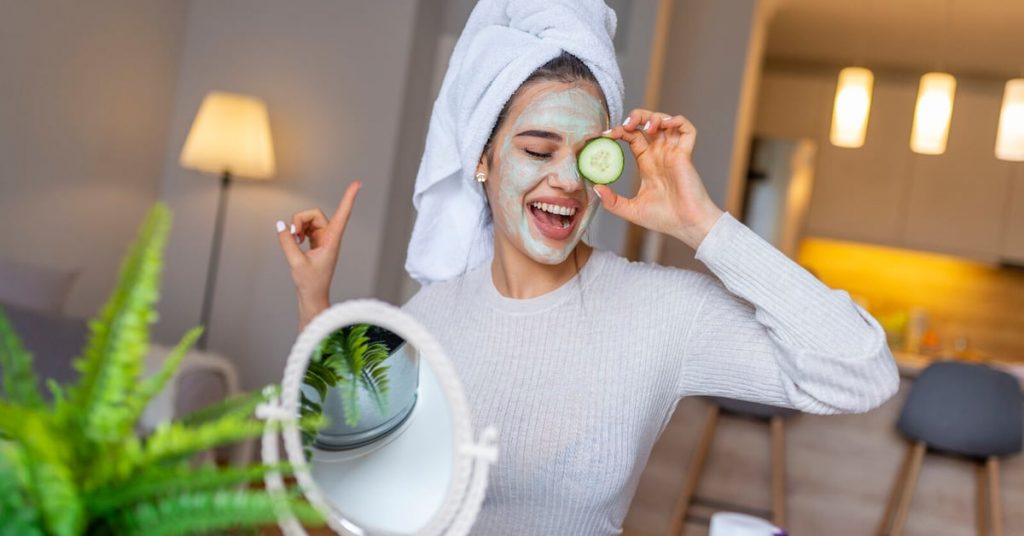
Have you ever wondered what’s in your skincare products? The rise of clean beauty standards is transforming how we approach beauty and skincare. As consumers demand transparency, brands are responding by reformulating products to prioritize health and the environment. This article dives into the critical elements shaping this movement.
In recent years, the beauty industry has witnessed a significant shift in consumer expectations. More individuals are becoming increasingly aware of the ingredients in their skincare and cosmetic products. With a heightened focus on health, wellness, and sustainability, clean beauty has emerged as a thriving standard. This article will explore the definition of clean beauty, the factors that contribute to its rise, consumer demand, brand responses, the regulatory landscape, and the future of beauty, making it essential reading for anyone interested in personal care.
Clean beauty refers to products made without ingredients that can potentially harm the body or the environment. This includes harmful chemicals, artificial fragrances, and synthetic dyes. Instead, clean beauty prioritizes transparency and the use of natural and organic ingredients, which many consumers find healthier and safer.
Various organizations and brands have different standards when it comes to defining clean beauty. Some brands may focus solely on a natural ingredient list, while others may encompass ethical sourcing and sustainable packaging. Regardless, the overarching theme is purity, safety, and responsibility. For example, products that are paraben-free, sulfate-free, and phthalate-free are commonly marketed as clean. As public awareness grows, consumers feel empowered to choose products aligning with their values. In this light, clean beauty isn’t just a trend; it’s become a lifestyle choice influencing purchasing decisions across demographics.
Several factors contribute to the rise of clean beauty standards. One significant influence is the growing awareness of health risks associated with certain cosmetic ingredients. Many consumers are becoming increasingly informed about toxic chemicals and the potential health implications. According to a 2021 survey, nearly 50% of shoppers stated they would avoid products containing harmful chemicals. This statistic illuminates an urgent need for brands to adapt their formulations to meet consumer demand.
Furthermore, the rise of social media plays a pivotal role. Influencers and activists alike have shared information on the potential dangers of conventional beauty products, building a community around clean beauty. Platforms like Instagram and TikTok proliferate awareness, encouraging individuals to share experiences and promote responsible skincare habits. This digital movement has sparked an interest among younger consumers who prefer transparency and authenticity in brands.
As people become more educated about beauty and wellness, their expectations of brands have transformed. Consumers are no longer satisfied with mere marketing jargon; they seek substantive information about product formulations. A recent study found that over 75% of consumers would change their purchasing habits based on a brand’s commitment to clean beauty practices.
Shopping behaviors have also adjusted in response to these expectations. Many consumers now actively research brands before purchasing products. They look for certifications or transparency regarding sourcing and formulation. Furthermore, consumers are increasingly inclined to support brands aligned with their values, such as cruelty-free practices and eco-friendly packaging. This shift is noteworthy, as it places more power in the hands of the consumer, compelling companies to justify their ingredient choices.
In response to rising consumer awareness, the beauty industry has begun reformulating products and launching clean beauty lines. Major brands such as L’Oréal and Unilever have developed initiatives and product ranges emphasizing clean ingredients. Moreover, smaller indie brands dedicated to clean beauty, like Beautycounter and Herbivore Botanicals, have gained traction and popularity in recent years.
These brands often go above and beyond to educate consumers about the importance of ingredient safety. Many conduct their studies and offer detailed information on their websites to promote transparency. Their business models highlight how clean beauty can coexist with desirability, challenging the sometimes superficial nature of the beauty industry.
As a result, clean beauty certification bodies have emerged, assisting consumers in identifying trustworthy products. These certifications can influence brand credibility while guiding shoppers toward informed choices.
Though consumer demand for clean beauty is increasing, there’s still a lack of regulation surrounding what constitutes a ‘clean’ beauty product. In many cases, brands set their definitions and standards, leading to potential greenwashing. Greenwashing occurs when companies falsely claim to be environmentally friendly. To combat this, consumers must remain vigilant and informed about the products they purchase.
The future of clean beauty is likely to see evolving regulations. As the movement grows, it may prompt lawmakers to create more standardized definitions that hold brands accountable. Increased clarity around ingredients and their effects will further enhance consumer trust and satisfaction.
Interestingly, the clean beauty trend is beginning to seep into other beauty sectors, such as haircare and fragrance, indicating that the desire for clean formulations could become a standard expectation rather than a niche market.
The rise of clean beauty standards represents a broader shift toward health, transparency, and sustainability in the personal care industry. As consumers demand safer products and responsible practices, brands are responding by reformulating their products and emphasizing wholesome ingredients. Although the journey toward standardized definitions and regulations has just begun, the future looks promising. With the continued commitment of consumers and brands alike, clean beauty is set to become integral to the beauty landscape, inspiring healthier habits and choices for individuals and the environment.